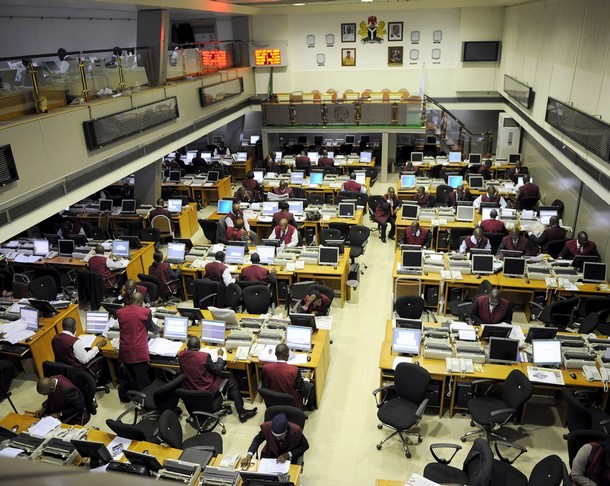The National Bureau of Statistics (NBS) says there are 154,529,780 subscribers as at December 2016, compare with 153,299,535 in September 2015, which represents a quarterly increase of 0.80 per cent as at December 2016.
Nigeria Telecommunications Sector Summary Report: December 2016 released by NBS made this known on Tuesday in Abuja.
The report said that growth had continued unabated since April 2016, before which subscriber numbers had fallen for several months.
It stated that the yearly increase in total subscriber numbers was 2.33 per cent, which was slightly higher than the yearly increase of 1.75 per cent recorded in the previous quarter.
“Last quarter’s growth rate has been revised up slightly.
“It has revised (from 1.73 per cent) following the inclusion of Voice over Internet Protocol (VoIP) services, in addition to the four services of (GSM, CDMA, Fixed Wired and Wireless) discussed in previous reports.
“The four services are Global System for Mobile Communications (GSM), Core Division Multiple Access (CDMA), Fixed Wired and Wireless.
“The numbers are small relative to the total, possibly due to the service being newer.’’
As in the previous quarter, the report stated that the increase in subscriber numbers was despite a quarterly fall in CDMA subscribers of 21.26 per cent.
This, the report stated compounded previous quarterly falls leading to year -on -year fall of 89.87 per cent in December, a fall surpassed only by the year- on -year fall of 89.88 per cent in November.
“The number of fixed wireless subscribers also recorded a large decline, of 12.54 per cent compared to the previous quarter and 55.03 per cent year -on -year.
“However, by far the most popular technology type is GSM, and therefore this technology type has a much larger effect on movements in the total number of subscribers,’’ it stated.
Meanwhile, the report stated the total number of subscribers had increased rapidly over the past decade; at the end of 2005 there were 19,519,154 subscribers.
It stated that it subscribers had increased rapidly but by the end of 2015 there were 151,017,244, which is equivalent to an increase of 13,149,809 every year.
“However, growth has been declining recently, possibly resulting from high market penetration leaving less room for large expansion,’’ it stated.
In real terms, the report stated that the telecommunications sector contributed N 1.40 billion to Gross Domestic Product (GDP) in the third quarter of 2016, or 8.0 per cent, which represents a decrease of 1.8 per cent points relative to the previous quarter.
However, it stated that due to differing seasonal patterns, telecommunications tends to account for the lowest share of GDP in the third quarter.
“The share of telecommunications in total real GDP had declined throughout 2010 to 2014, but for the last six quarters growth in telecommunications has been higher, meaning the trend has reversed.
“Although, growth in the telecommunications sector remained positive, in contrast with the economy as a whole, year- on- year growth nevertheless dropped in real terms from 1.5 per cent in the previous quarter to 0.9 per cent, the lowest rate since third quarter 2011,’’ it stated. (NAN)

